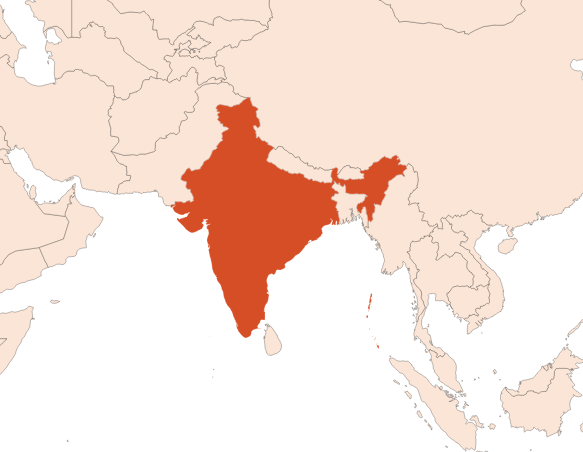
| Company | Ingredient Name | ID | Comments | Naturality | Certifications | MOQ | Latin name | Treated part | Geographical origin |
|---|---|---|---|---|---|---|---|---|---|
|
|
CYPRIOL EO HEART | 937415 |
Visit website
|
Naturals | - | CYPERUS SCARIOSUS | - | - | |
|
|
CYPRIOL EO MD | 937416 |
Visit website
|
Naturals | - | CYPERUS SCARIOSUS | - | - | |
|
|
Huile essentielle de Cypriol - 30 gr | - |
Visit website
|
- | - | - | - | - | |
|
|
CYPRIOL EO | - |
Visit website
|
- | 10 grs | - | - | - |
General Presentation
-
CAS N° :
68916-60-9 -
EINECS number :
639-592-6 -
FEMA number :
Donnée indisponible.
-
Volatility :
Base -
Price Range :
€€€€
Physico-chemical properties
-
Appearance :
Viscous orange to brown liquid -
Density :
-
Refractive Index @20°C :
Data not available. -
Optical rotation :
-
Vapor pressure :
Data not available. -
Flash Point :
Data not available. -
Acid Value :
Botanical informations
Botanical name :
Cyperus scariosus R.Br.
Synonyms : Cyperus corymbosus var. scariosus (R.Br.) Kük.
Botanical profile :
Cypriol is a herbaceous plant belonging to the Cyperaceae family, and to the genus Cyperus L., as Papyrus EO.
Chemotypes :
The genus Cyperus L. contains more than 700 spieces.
Cypriol (Cyperus scariosus R.Br.) is the only one cultivated for perfumery.
Extractions & Uses
Extraction process :
Cypriol is a plant of very variable height, ranging from 5 cm to 5 metres high. It is cultivated in India between April and June. The plant is cultivated in its wild state, controlling its growth (as for Mimosa Absolute), by the tribes living near the riverbeds of the region.
Although Cypriol is a leafy plant (thin, long leaves), it is its rhizome that is extracted by steam distillation. The plant's root system is very dense, making it interesting for extraction. Cypriol cultivation is then comparable to that of vetiver (Vetiver Java EO, Vetiver Haiti EO). The leaves are grouped together before uprooting the plant. The roots are shaken by hand to remove some of the soil, then transported to the essential oil production plant. There they are washed and dried in the sun, removing all the remaining soil and developing the aromatic potential of the root.
Extraction is done using pressurized steam, taking the aromatic molecules from the plant to the top of the distillation column. Refrigeration of the vapours liquefies them and allows the essential oil to be recovered in a Florentine flask, by settling over the water used for distillation.
As the essential oil is orange to brown, it can be rectified to remove the colour. It can also be used to remove natural Cyperene, Rotundone or Rotundene.
Uses in perfumery :
Cypriol is used to bring a spicy effect to woody notes as vetiver. It also can suggest an earthy note of vetiver, in association with other woods.
Stability :
The terpenes identified in this raw material can polymerize when they are oxidized
Major Components :
- Isopatchoul-4(5)-en-3-one (≈15%)
- Cyperene (≈15%)
- Patchoulenone (≈8%)
- Rotundene (≈5%)
- Rotundone (≈5%)
- Patchoulanol (≈2%)

Photo credits: ScenTree SAS
Other comments :
In some indian traditions, cypriol was used to perfume women clothes and to perfume one's forehead, to insure success in love (in Vashikarana art). It is also used in chinese medicine.
IFRA
IFRA 51th :
This ingredient is not restricted for the 51th amendment

